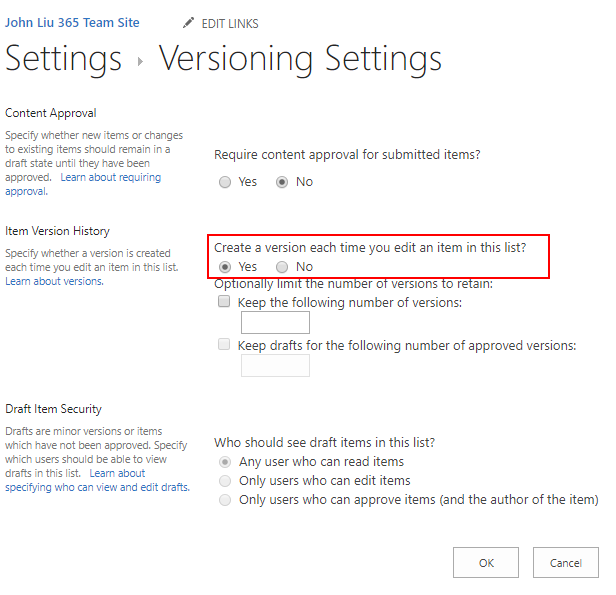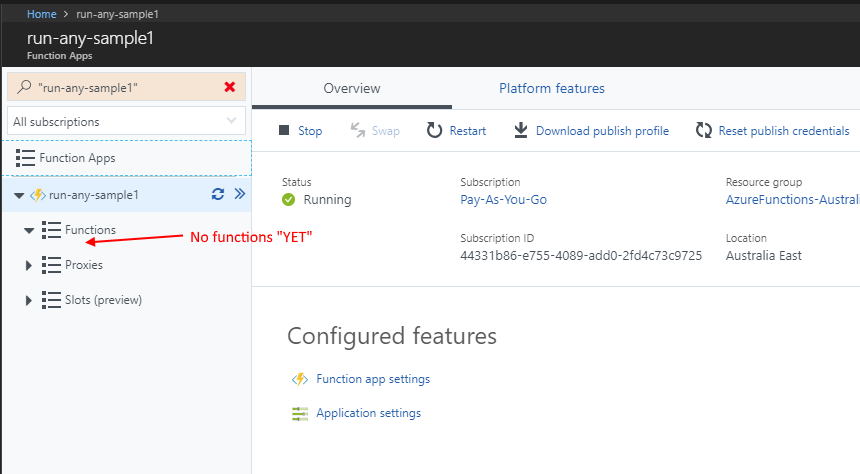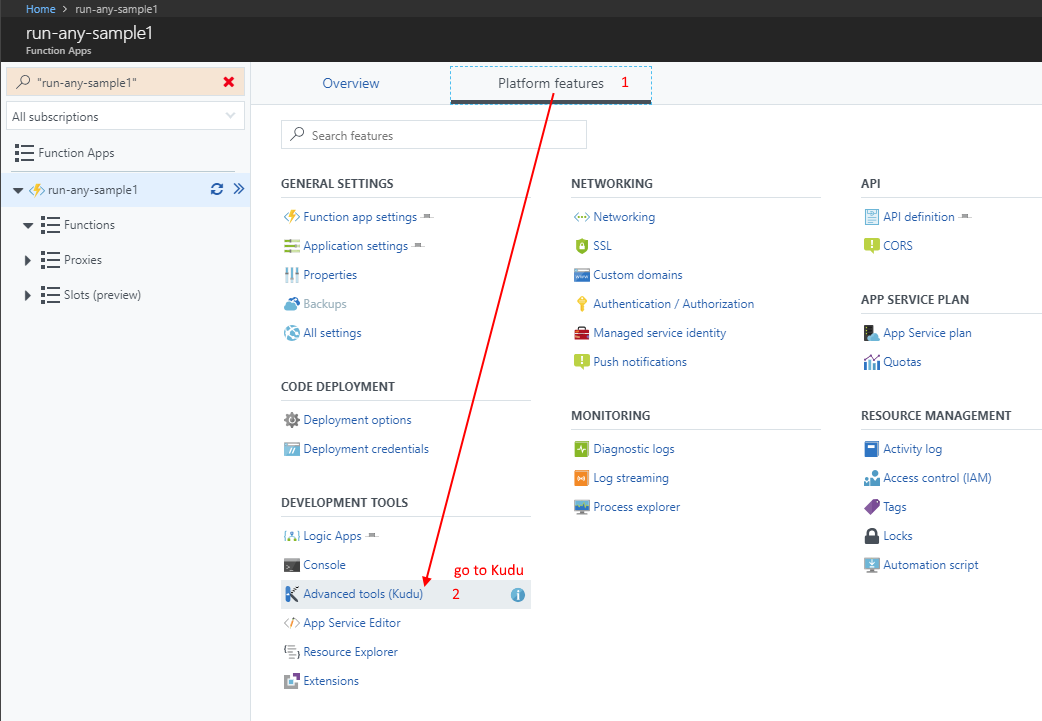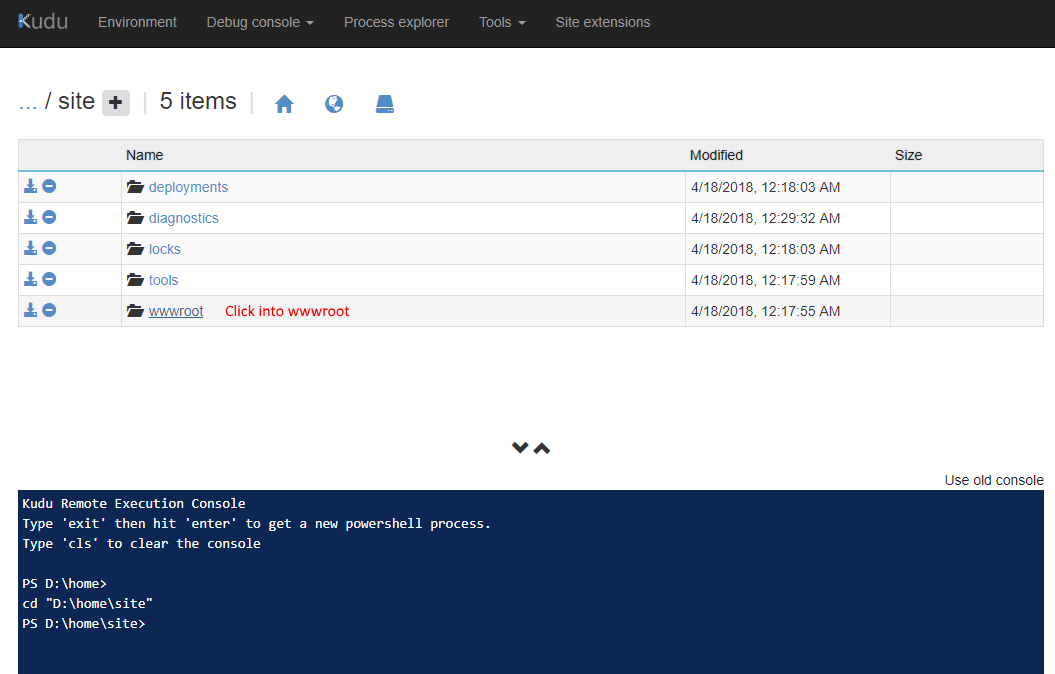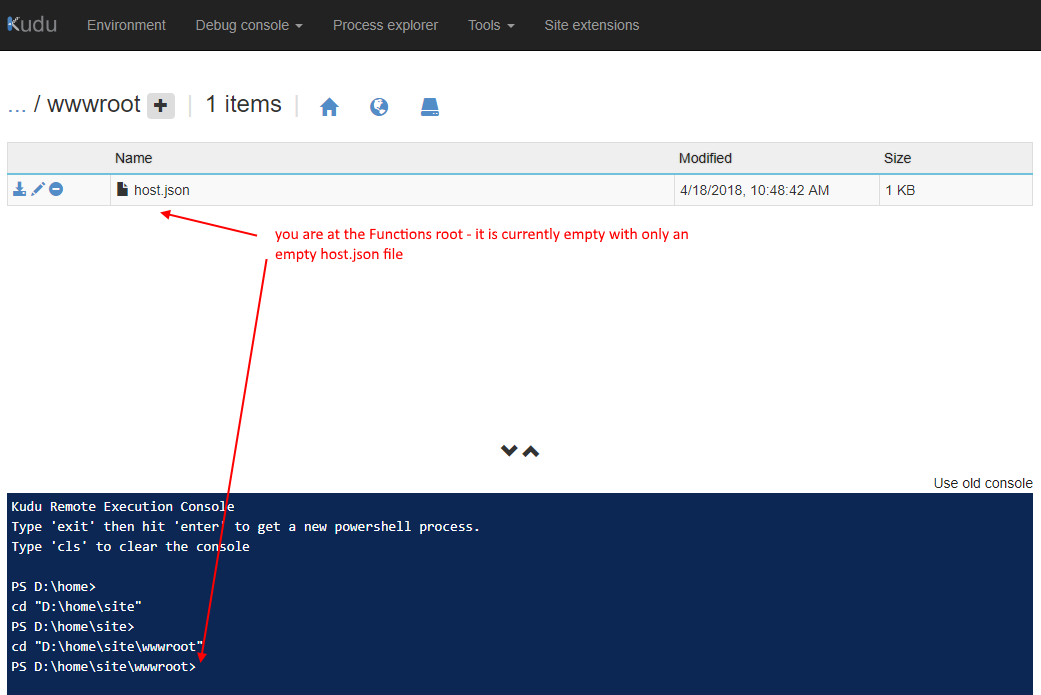Microsoft Flow: SharePoint Trigger on specific fields changed via SP HTTP Request
/A very common request in Microsoft Flow for SharePoint is a trigger that only runs when a certain field has changed, or when it has changed to a certain value.
With the new SharePoint "Send an HTTP request to SharePoint" action, we can now do this in relatively few steps with the help of List Versioning.
Plan
Enable List Versioning
Obtain item versions results on item change
A conditional fast exit
Understand the data formats and how to debug
Summary
Enable List Versioning
Obtain item versions results on item change
// SPREST-Versions "method": "post", "body": { "method": "GET", "uri": "_api/web/lists/getbytitle('ListWithHistory')/items(triggerBody()?['ID'])/versions?$top=2", "headers": { "accept": "application/json; odata=nometadata" } } // Select { "from": "body('SPREST-Versions')?['value']", "select": { "ID": "item()?['ID']", "VersionLabel": "item()?['VersionLabel']", "Title": "item()?['Title']", "Demo": "item()?['Demo']", "Completed": "item()?['Completed']" } }
Versions returns the latest version first.
But there are a few tweaks we can do here:
If we ONLY ever care about the latest two versions - we use $top=2
this covers the new version and the previous version.If we care about the latest versions within the last few minutes - we can filter with $filter=Modified gt 'last-5-minutes-date-expression'
The expression would be addMinutes(utcNow(), -5) but it should be formed in a separate action above.I have seen really complex mixed up Flow triggers with a lot of overlapping list item updates - I highly advise designing the workflow to not do that. This pattern here can help decouple those situations.
There are many fields on version endpoint - Select will clean it up to only the specific fields that we care about:
A conditional fast exit
// Condition-SameTitle equals(first(body('SelectVersions'))?['Title'], last(body('SelectVersions'))?['Title'])
Results
Results for success and failure.
This check can be performed with ~4 actions, as part of the pre-condition check for whether to continue the Flow.
Understand the data formats and how to debug
Understanding this step is interesting for debugging purposes. Since we are calling REST and getting back JSON, we need to know how to read it and
Run this, and we'll see the default output which is
But for our needs - it can be a lot easier if we apply additional header.
With either method, we end up with one of these expressions to get to the result array of versions:
body('SPREST-Versions')?['d']?['results']
body('SPREST-Versions')?['value']
Summary
Tip 1 - use accept header to get simpler result
Read the output to understand the return JSON format
Tip 2 - using $top=2 is simpler than Tip 3.
Tip 3 (advanced) - using $filter to compare whether just the last two versions or changes as a batch
Tip 4 (advanced) - on the created event - there will be only one version. So
first(body('SelectVersions'))?['Title']
last(body('SelectVersions'))?['Title']
refers to the same row.
We can force comparison by:
body('SelectVersions')?[0]?['Title']
body('SelectVersions')?[1]?['Title']
The second row [1] doesn't exist, but ? will replace the query with null.Use expressions to navigate the JSON structure
Use Select to simplify the result array
Remove complexity in overlapping Flows hitting update on the same list item by making sure Flows exit early when not required - this will simplify a lot of our Flow designs
Tip 5 (advanced) - in the SelectVersion step - do not include the VersionLabel then in the comparison step - compare the two JSON objects string(first(body('SelectVersions'))) and string(last(body('SelectVersions'))) directly. This allows us to check all the fields together.

